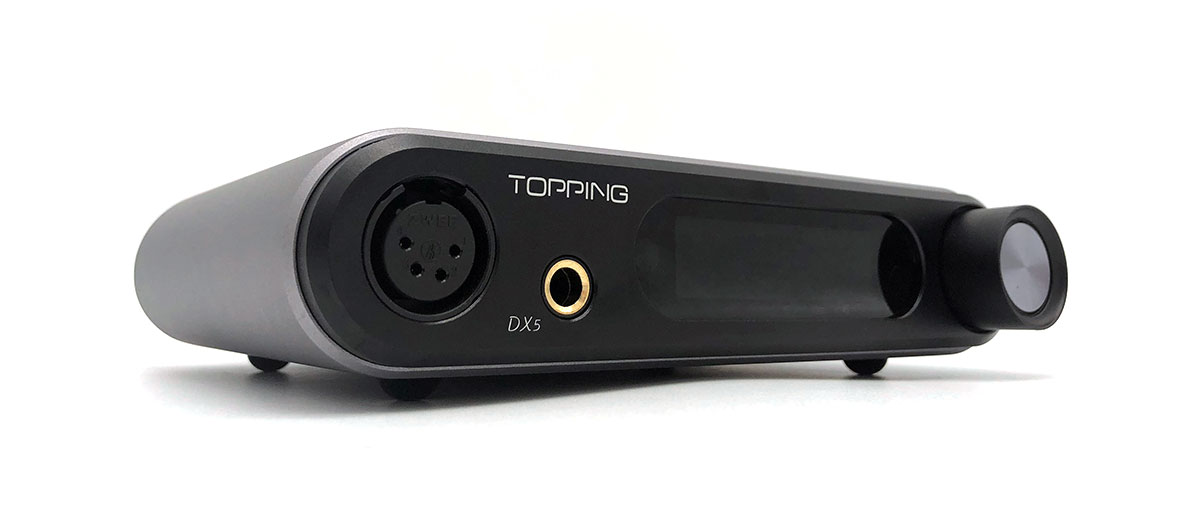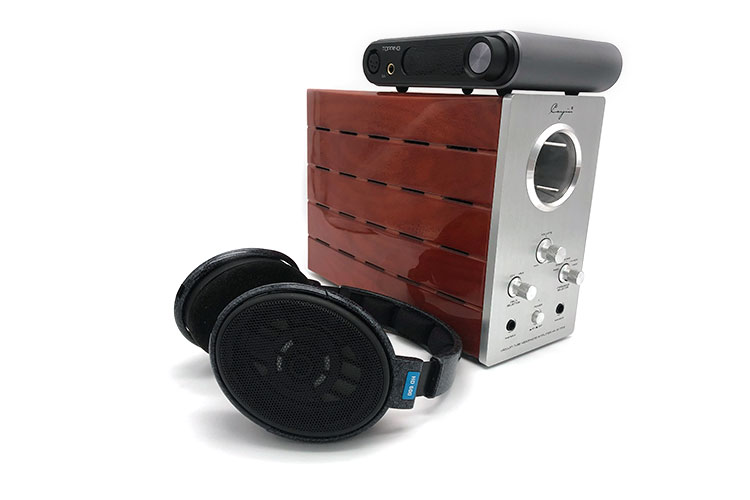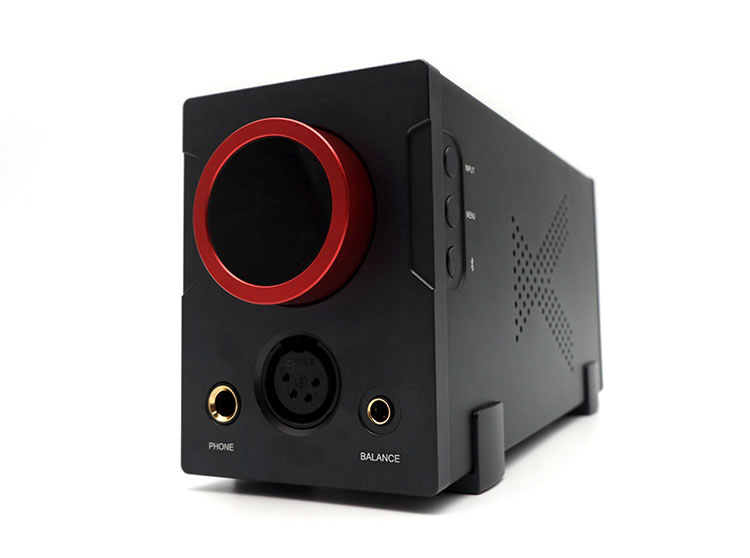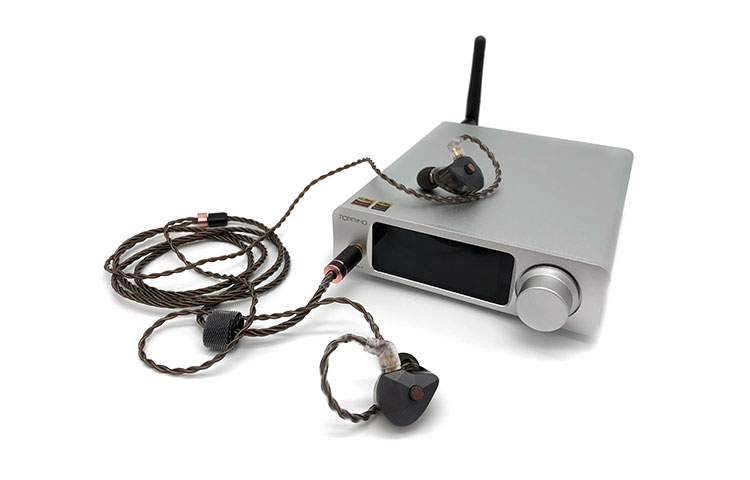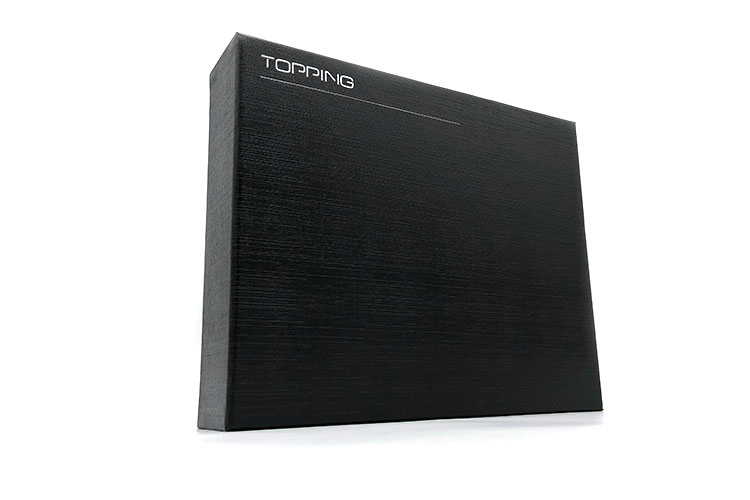Synergy
Power
The 1.8W amplifier with impressive performance measurements on paper translates well to real-life usage. With two gain settings, 0dB and 12dB, all gears I tested with the DX5 did not develop the need to reach for more power.
There is more than enough headroom running both the 420Ω dynamic driver of the ADX5000 and the 20Ω planar magnetic driver of the LCD-X leaving the digital volume indicator set at -31dB and -42dB respectively.
For IEMs, the newly released Hidizs MM2 did not reveal any noise coming from the amp and is already loud at -51dB.
Pairings
A lot can be done by pairing the DX5 to other amplifiers, speakers, and headphones having a very minimal effect on tonality when placed at the top of the chain.
I’m glad to report that the classic Sennheiser HD600 sounds as good as ever with its midrange flavor kept intact except it also doesn’t help with the bass. For reference gears such as the LCD-X receiving a pretty clear signal, it fully revealed both the good and quirks in its signature leaving EQ options to the listener.
On warmer sounding gears such as the MM2, it thankfully doesn’t add any elevation leaving the low-end to shine on its own. The sparkly yet behaved treble was able to hold back the close to sibilant nature of the DX5 without losing information.
For those thinking of upgrading the amplifier section of the DX5, the differences between its technicalities and the standalone Burson Funk amplifier will only offer marginal improvements and so unless you’re using revealing headphones or chasing purity in sound, the built-in NFCA circuit of Topping is already pretty impressive.
What will bring more life to the sound of the DX5 however are tube amps like the Cayin HA-1A MK2.
Select Comparisons
xDuoo XA-10
$479
Technical
On DAC duty are two AKM AK4493 decoding for each channel which is then fed to separate sets of op-amps and transistors acting as class-A buffer making the XA-10 a fully balanced amplifier. Therefore, the 4-pin XLR and 4.4mm outputs of the unit do deliver on the benefit of a balanced system and can generate more power with 4W@32Ω of power on tap.
Both units have full support for native DSD 512 and 32bit/768kHz PCM signals with Bluetooth LDAC compatibility for 24bit/96kHz playback. While also featuring MQA full decoding, the XA-10 can only unfold master files through its USB input.
Checking the inputs at the back, a nice inclusion is the ability to accept analog signals thru RCA aside from digital signals which are similar to the DX5. What is missing here though is an XLR pre-amp since it only has RCA for output.
Design
The design team of xDuoo and Topping for sure did not share notes as the two units look nothing alike.
Having a louder presence is the taller XA-10 with its red volume wheel encasing an OLED screen simply asking for attention. Following the central position of the screen, the 4-pin XLR is placed right below with two gold-plated single-ended and 4.4mm balanced jacks equally placed on each side for a mirrored front fascia unlike the more conventional layout of the DX5.
Helping in keeping the XA-10 cool is the punched side panels following an x-shaped arrangement, which the DX5 doesn’t have keeping its internals closed from outside dust.
Performance
Although the two devices are sitting in the same price category, the XA-10 packs a different take on what solid-state sound should be. So ahead of discussing the extremes, the midrange is worth looking at first as it is somehow serving as the backbone of the signature of this all-in-one.
More mid-centric than the DX5, it carries an upfront weight that compliments deep male vocals. Live solo female acoustic performances are presented in a soulful and silkier manner extending to guitar strings that resonate with more volume.
Taking midrange into account, the bass can get overshadowed at times yet on its own it has a slight increase in punch in comparison to how DX5 sends thumping beats. Aside from this, while close in detail retrieval, the XA-10 can present a more textured and etched picture of what is happening in the distance.
Depending on your taste, the tamer treble will give comfort on sharper passages as it is quite pushed back blunting some sparkle and having less air.
But due to this, the stage is quite limited wherein the DX5 gains a fair bit of advantage having a much larger presentation spreading intimate recordings better, and placing instruments much more accurately.
Topping DX3 Pro+
$199
Technical
The DX3 Pro+ is using a single ES9038Q2M to handle its digital signal decoding. MQA decoding is not available but it can still keep enthusiasts happy with its support for DSD512 and 32bit/768kHz PCM files plus wireless LDAC and aptX HD.
Both units have a balanced circuit design internally before reaching the NFCA circuit of Topping for headphones where the signal is converted to single-ended only rated at 1.8W at a 32Ω load.
The DX5 however has an XLR pre-out at the back that preserves the separately decoded channels for dedicated amplifiers that accepts fully balanced input.
Design
Released not that long ago, the DX3 Pro+ is still using the original simplistic approach of Topping to product designs. With this in mind, only good things can be said about where they took their latest product, the DX5.
If minimalism is a top priority, nothing still beats the clean yet solid-looking aluminum chassis of the DX3 Pro+. But for more character and personal-looking setups, the beefier and rounded DX5 with its darker shade of silver can elevate any corner it is placed on.
Aside from outside appearances, the white OLED display seen on the DX5 is a marked improvement over the seven-segment orange LED display used on the smaller combo unit. The volume wheel is also much friendlier on the DX5 with gentler feeling turns and not as noisy.
Performance
Coming from the same family, the DX3 Pro+ is unsurprisingly similar in sound characteristics to its more expensive brother. However, differences in technicalities are obvious enough to separate the two.
Digging deep into the sub-bass on both units keeps the same honest perception with only the DX3 Pro+ retaining less texture. It prioritizes attack having a notch stronger thump developing less dispersion and body in comparison.
The midrange of the DX3 Pro+ is like a mirror image of the DX5 to a lesser extent in finesse and details. Since it does not carry the same pleasing resolution of the DX5 smoothing over charming inflections in singers and airiness in instruments.
While I originally did not fault the DX3 Pro+ for approaching sibilance, hearing the snappier and airier top-end of the DX5 with its better microdetails makes these appear less controlled. Staging is closer and imaging is good but not as precise.
Our Verdict
Developing an exponentially growing fanbase, Topping is keen on keeping its followers captivated by tweaking its tried and tested formula by offering something that is not simply pleasing for the ears but the eyes as well.
With an uncompromising value proposition, the performance of the Topping DX5 translates well from numbers printed on a piece of paper to audible bliss if what you’re after is neutrality with a slightly bright inclination.
With a high degree of flexibility in pairing to other gears due to its sound signature, this device is an ideal downstream output source to either a solid-state or tube amplifier fully rendering the technicalities of its DAC section.
While it is not breaking any record, on its own, this mid-tier combo from Topping will surely satisfy many enthusiasts looking for a capable all-in-one box.
Topping DX5 Specifications
- DAC: 2 x ESS ES9068AS
- THD+N@1kHz: <0.00009% (XLR)
- THD+N@1kHz: <0.00010% (RCA)
- Amplifier: NFCA circuit
- THD+N@1kHz: <0.00010% (XLR)
- THD+N@1kHz: <0.00010% (6.35mm)
- Gain: 0dB (low gain), 12dB (high gain)
- Output impedance: <0.1Ω
- Output power:
- 1800mW x 2 @32Ω THD+N<0.1%
- 1000mW x 2 @64Ω THD+N<0.1%
- 250mW x 2 @300Ω THD+N<0.1%
- Bluetooth: QCC5125 chipset
- Supports LDAC/AAC/SBC/APTX/APTX LL/APTX HD protocols
- 24bit/96kHz
- Playback:
- USB: PCM 32bit/768kHz, DSD512, MQA
- Coax/Optical: PCM 24bit/192kHz, DSD64, MQA
- Dimension: 14.8 cm x 18.0 cm x 4.5 cm (LWH)

